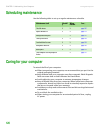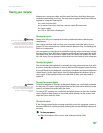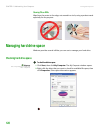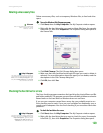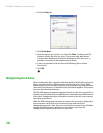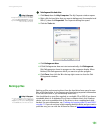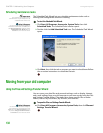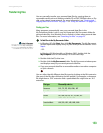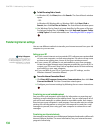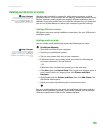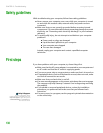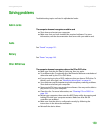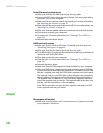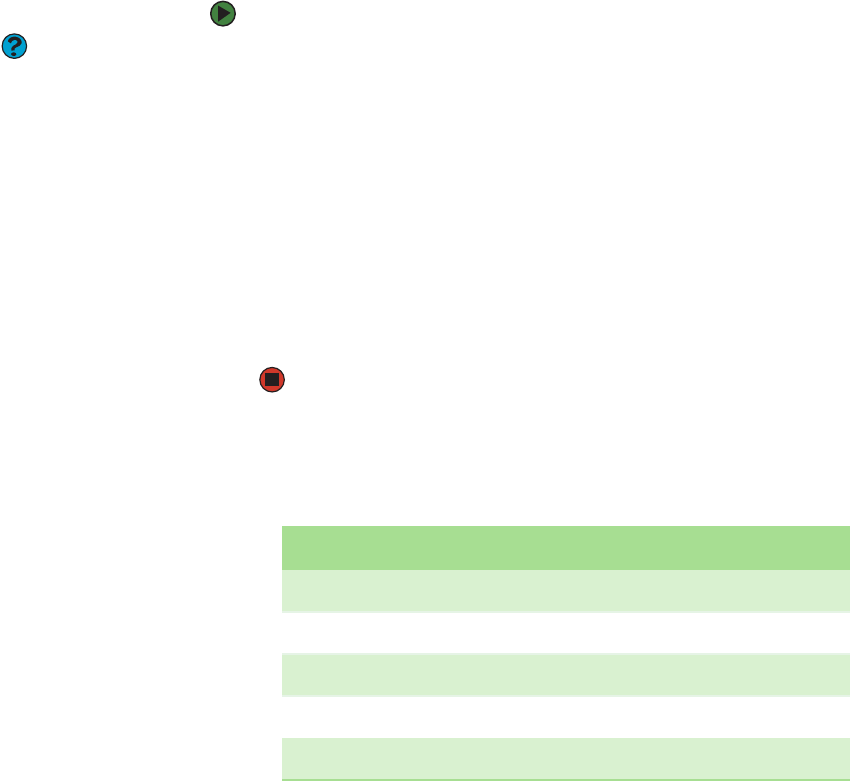
Moving from your old computer
www.gateway.com
133
Transferring files
You can manually transfer your personal data files by copying them to
removable media, such as a diskette, writable CD or DVD, USB flash drive, or Zip
disk, or by using a home network. For more information, see “Creating and
copying data CDs and DVDs” on page 71 or “Using the network” on page 101.
Finding your files
Many programs automatically save your personal data files in the
My Documents folder. Look in your old computer’s My Documents folder for
personal data files. Use Windows Find or Search to locate other personal data
files. For more information, see “Searching for files” on page 22.
To find files in the My Documents folder:
Help & Support
For more information about finding files,
click Start, then click Help and Support.
Type the phrase searching for files in
the Search box, then click the arrow.
1 In Windows XP, click Start, then click My Documents. The My Documents
window opens and displays many of your saved personal data files. Go to
Step 4.
- OR -
In Windows 98, Windows Me, or Windows 2000, double-click the
My Computer icon on the desktop. Go to the next step.
2 Double-click the C:\ drive icon.
3 Double-click the My Documents folder. The My Documents window opens
and displays many of your saved personal data files.
4 Copy your personal data files to removable media or to another computer
on your network.
You can often identify different data file types by looking at the file’s extension
(the part of the file name following the last period). For example, a document
file might have a .DOC extension and a spreadsheet file might have an .XLS
extension.
File type File usually ends in...
Documents .DOC, .TXT, .RTF, .HTM, .HTML, .DOT
Spreadsheets .XLS, .XLT, .TXT
Pictures .JPG, .BMP, .GIF, .PDF, .PCT, .TIF, .PNG, .EPS
Movies .MPEG, .MPG, .AVI, .GIF, .MOV
Sound and Music .WAV, .CDA, .MP3, .MID, .MIDI, .WMA




